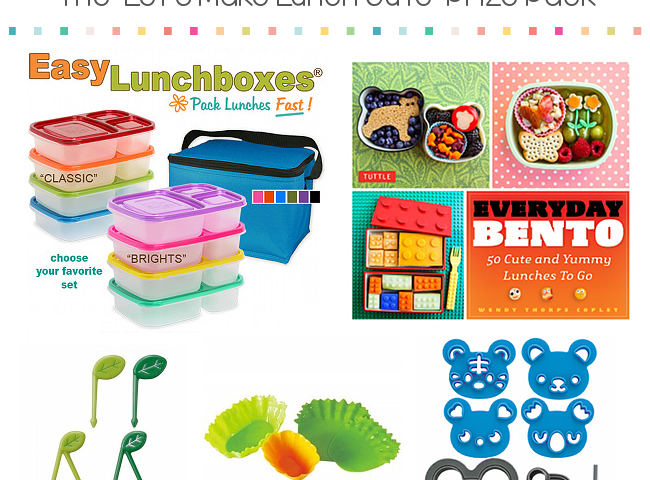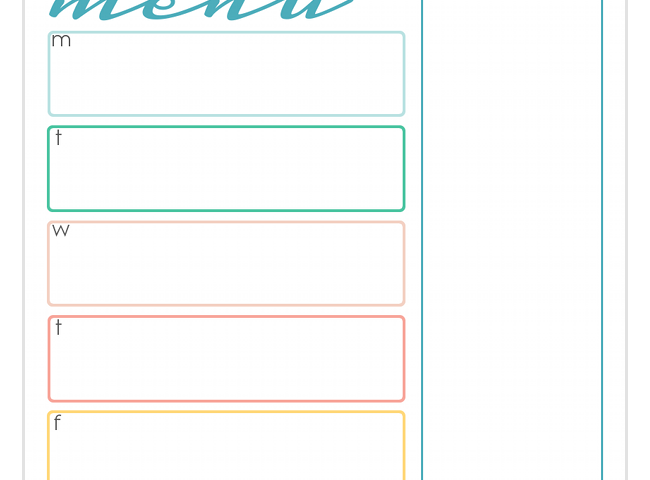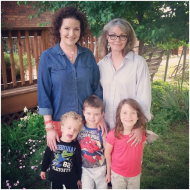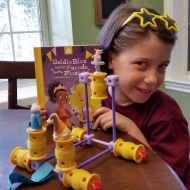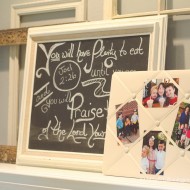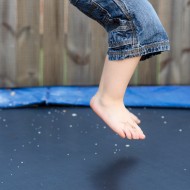
Education is not a one-size fits all coat.
Some kids thrive in a class with thirty other children, taking standardized tests, memorizing facts, and eating cafeteria food. But, some kids struggle to block out the distractions of other children writing, the sounds of papers shuffling, children running in the hallway to recess … they struggle to memorize math facts because their brain can’t tune out the 1,001 other sensory inputs in order to focus on what the teacher is saying. Their brains can’t prioritize and information because the sights, sounds, smells and emotions of their 4th-Grade classroom are whizzing around their gray matter like ping-pong balls out of control.
We live in one of the best school districts in Texas and are zoned to one of the highest rated elementary schools in said district. The best resources. The best PTA. The best test scores.
But, it wasn’t the best educational environment for the Little Lady.
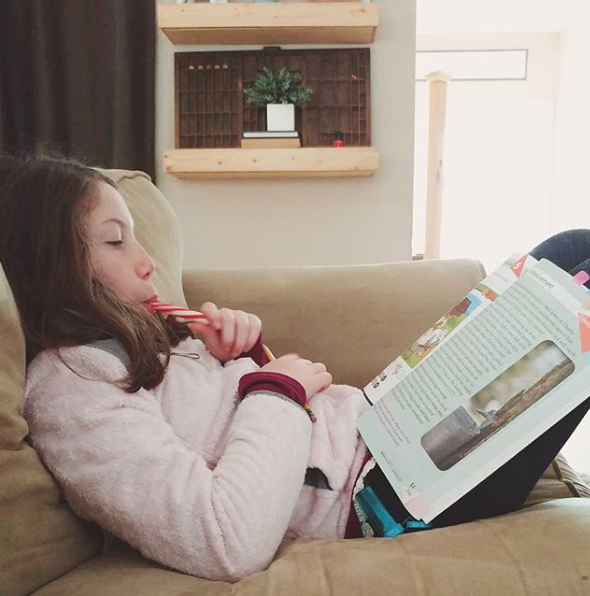
Last year, after countless parent-teacher conferences, tutoring sessions, gallons of tears, and multiple sessions with our pediatrician, we learned the Little Lady has ADHD (with a secondary diagnosis of Anxiety, which we have learned is very common in children with ADHD, particularly girls with ADHD).
She has the Inattentive type of ADHD:
- she has a hard time paying attention after about 30 seconds of instructions;
- has no awareness of details, so careless mistakes are constant;
- struggles to follow through with instructions because she gets side-tracked;
- can’t organize to save her life — and that means anything from her room to organizing the necessary steps to complete an assignment;
- completely distracted by the world around her (sounds, smells, sights, even the emotions of others would catch her attention and her brain would hyper-focus on those things)
Now, a lot of children and their families can learn coping skills or techniques to help them function in a classroom environment. But, we found that years of not understanding her brain (both us and teachers alike) had created learning gaps, particularly in math.
Some of her math teachers over the years had been absolutely fabulous — Master Teachers who recognized the symptoms of ADHD before we did and tried to help her catch up. But, she was years behind in math and, because of the constant struggle, was nearly to the point of giving up.
In the 4th-grade, the gap widened as the rigor and expectations increased; her math teacher that year … well, to put it bluntly, I’m not a fan. This veteran teacher called for a conference in the first of October and point-blank told me that she didn’t know what to do with my daughter and insinuated that the Little Lady was incapable of learning.
Mama Bear was done at that point.
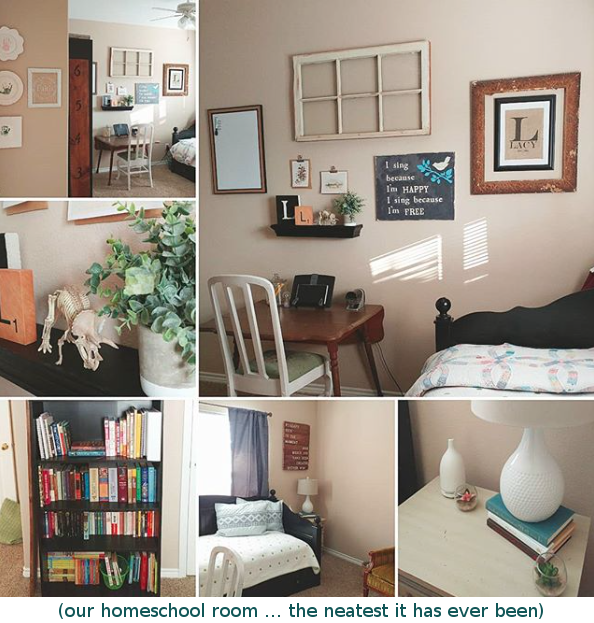
The Little Lady had asked for several years to be homeschooled. Her anxiety ebbed and waned, and there were a few years where it was a struggle to get her our of the car and into her elementary school. As I thought about those moments, I also worried about her future. She was already behind and struggling in an educational world not geared toward working WITH her weaknesses and celebrating her strengths (like her creativity, her compassion, her ability to think outside the box, her boundless energy, her amazing people skills).
How in the world would she move out of elementary and into our district’s 5th and 6th grade Intermediate School, and beyond, where the pace would be faster, the rigor greater, and the distractions magnified? How would THIS path be one that would lead to success and self-confidence?
So, after much prayer and research and discussions with homeschooling parents in our community, we made the decision to pull our daughter out and begin homeschooling this past January.
Our boys stayed enrolled in the public school system.
Yep. Remember my belief that education isn’t a “one-size fits all” type of thing? While it was clear that The Little Lady would most likely benefit from homeschooling, where I could tailor her education and environment toward her strengths and weaknesses, her brothers were thriving in their elementary school. They were both enrolled in a dual-language program and have attended a different campus than our daughter. While they both, I suspect, have the hyperactive type of ADHD, they are currently able to function well in a neurotypical classroom environment. Will that always be the case? Time will tell. But, for now, they have stayed in their school.

Our first semester was a learning process for the both of us. Despite my childhood as a homeschooled child, my college minor in education, and my years as a high school teacher … I don’t know EVERYTHING about teaching the Little Lady. But, she’s teaching me — helping me see what works for her and what doesn’t. Thankfully, there are plenty of resources online (and in our community) for me to turn to on a near daily basis.
How long will this homeschool journey last? I have no idea! For now, I am focusing on building up her academic knowledge and confidence.
And, as evidenced by my pictures, drinking lots of coffee.
